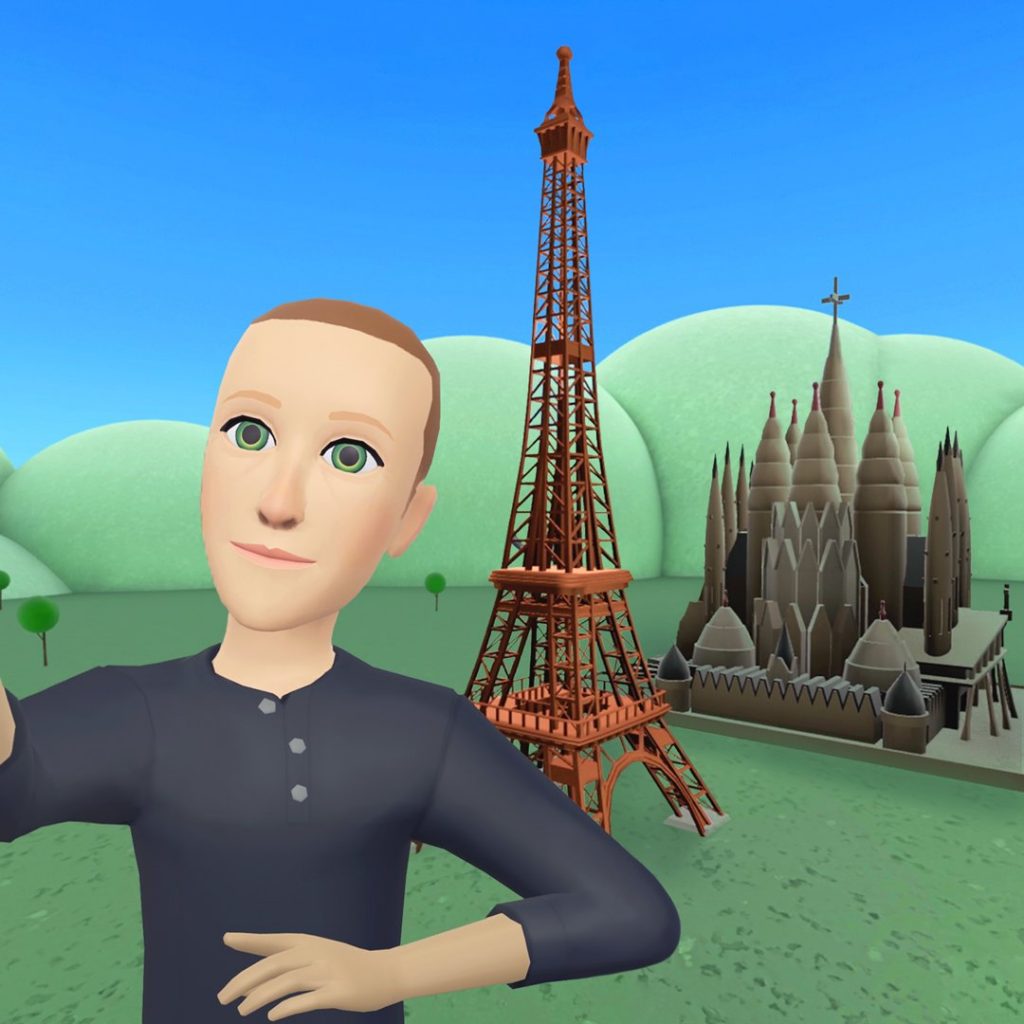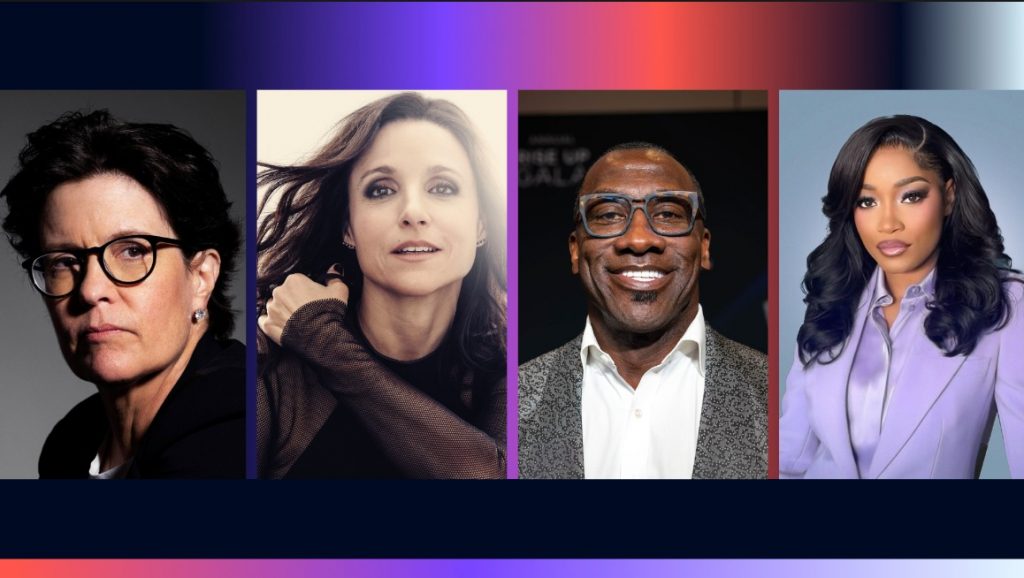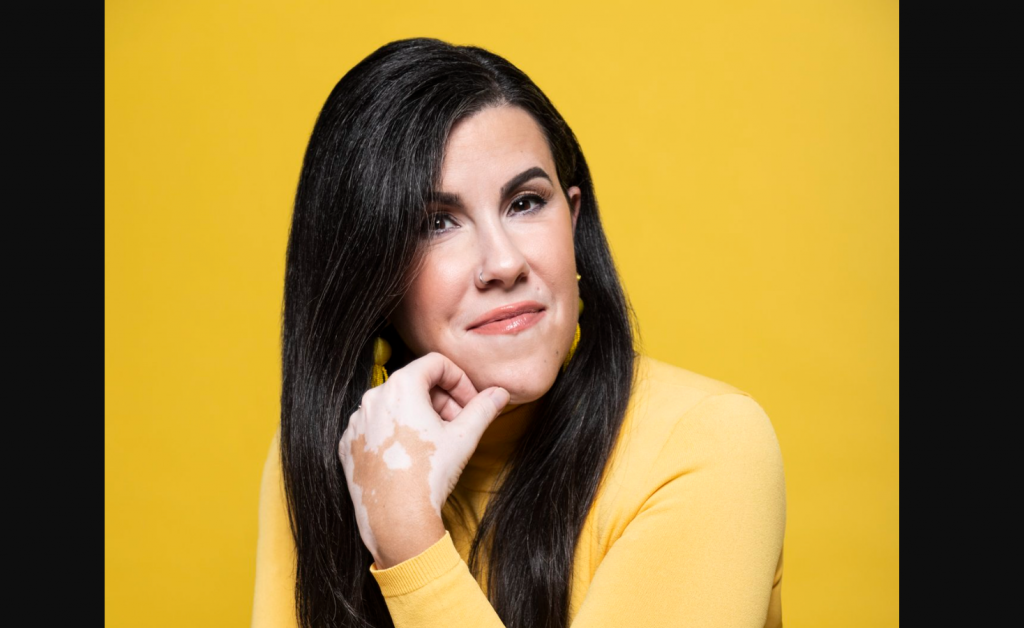With Omicron’s crunch to start the year and the collapse of cryptos and NFTs to end it, 2022 has looked like a string of half-fulfilled promises (the end of cookies didn’t create a heralded rush of internal data), mixed results (TikTok has the wind in its sails, but few companies are actually doing it), and false starts (the metaverse, Zuckerberg’s version). Here’s a review of a year of mixed results.
1. The TikTok effect on other platforms
Having passed the one billion user mark in September 2021, the Chinese application TikTok is now well established in our digital landscape. If Quebec initially seemed to be absent from the platform, the situation has since been rectified. Local agencies have made it a specialty (Clark Influence and HEYA) and the National Bank of Canada has just launched its own account, a few days ago.
Francis Jette, Isarta consultant and trainer in digital content strategies, sees the influence of TikTok on the rest of the digital ecosystem:
What I’m taking away from 2022 is TikTok’s impact on content creation on all platforms. Not just in terms of short, vertical video content formats,” he points out, “but more importantly on authentic content creation.”
He sees a direct link between the emergence of TikTok and the explosion of short “BeReal” content on YouTube. And also the profusion of storytelling-type posts on LinkedIn.
It’s not just a trend,” he insists. It’s a key element that will continue to grow in the years to come.”
2. The damp squib of Meta and NFTs
More than 10 years after the flop of Google Glass, Mark Zuckerberg will have succeeded in proposing a version of the metaverse as “uncomfortable” as glasses that allow you to read emails. And many have laughed at it. At the end of the year, an internal Meta document harshly concluded that “an empty world is a sad world”. The concept of metavers lost some feathers in the process.
In the last two years, there has been a lot of talk about metavers,” admits Richard Saad, senior marketing consultant and Isarta trainer. There’s a lot of buzz, but there’s also been a lot of progression from 2020 to 2021. I think the big players are going to stay, but the adoption is going to fade. In the case of NFT, the wave has passed.”
With a 97% drop in trading volume, that’s an understatement! In the case of virtual reality (VR), the technology is not yet ready, believes Richard Saad. The effort required to acquire and appropriate the equipment is too great to see a massive adoption.
In marketing, you have to create products and solutions that meet real needs. Yet, in the case of VR, it feels – for now – like it’s a solution looking for a problem.”
3. The nice surprise of “green” digital marketing
In the good news, the concept of “green” digital marketing has made progress and set some milestones in 2022. In Canada, a discourse has begun to emerge from both agencies and ad tech companies, who are now talking about measuring the carbon footprint of the marketing supply chain.
The year 2022 was the year that organizations and ad tech companies became aware of the environmental impact of their activities, notes Benoit Skinazi, head of marketing at Sharethrough, which has its own environmental solution. We are seeing more and more green media products on the market. The year 2023 will be the year they start making even more of an effort and commitment to reduce their carbon emissions.”
We’ll take note!




